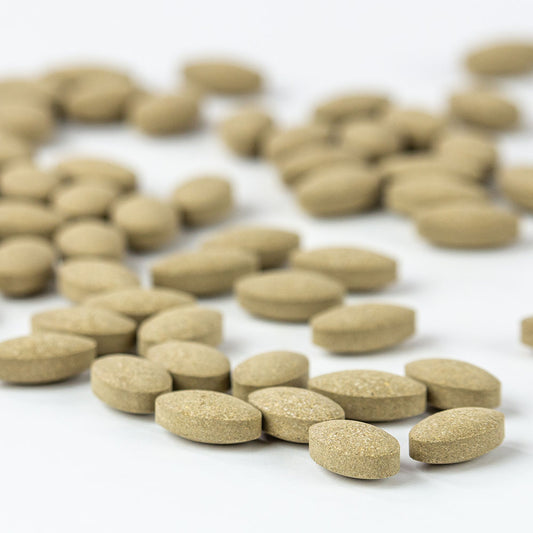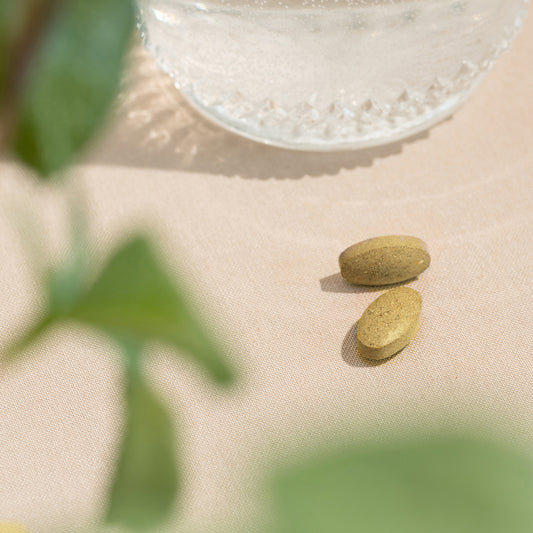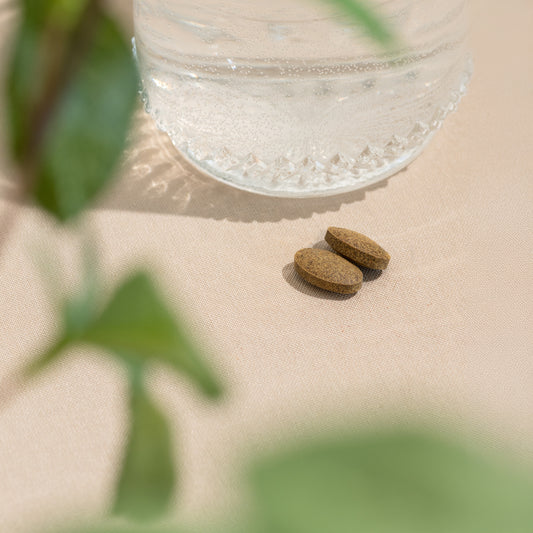I'm a big fan of rhythm. I love to dance, to make love, and to find the patterns in a day.
Last night I watched a 007 movie with my 87-year-old dad. James Bond was poisoned and in true Bond style ended up saving his own life by defibrillating himself. Whatever his drink had been spiked with caused his heart to go out of rhythm, a fatal arrhythmia.
As an R.N. I spent many years monitoring patients for cardiac arrhythmias. We used pharmaceuticals and electroshock to get hearts back in rhythm. When we couldn't, sometimes people had strokes, or died.
A less serious arrhythmia like atrial fibrillation results in exhaustion and spaciness. Sound familiar?
When I became a student of
Ayurveda changed all that. I fell in love with Ayurveda right away, but I didn't know why. I just knew I felt great, I dropped that 10 pounds, and my kids liked me more.
Turns out it was because Ayurveda was teaching me to reclaim my rhythm and to synch up to Mother Nature.
I'm devoted to Ayurveda because it gives me a methodology to stay in rhythm. This rhythm gives me positive momentum and I'm happier and healthier as a result.

The Rhythm of the Day: Using Ayurvedic Wisdom to Support Healthy Habits
According to Ayurveda, each day, season, and life has inherent rhythm. You can feel it, right?
As you go through your day, try this: Feel into the energy of the day at dawn. It's light and clear, expansive and potent. Now sense the energy at 9am. It's heavier, more demanding and cluttered. Which would be the better time to meditate? To pray?
According to Ayurveda, from 2 a.m.–6 a.m. the elements of
This spaciousness is also why so many of us spontaneously wake up in the wee hours. My friend Evan calls his 3 a.m. wakings an "involuntary appointment with God.” As air and ether dominate, we lighten up and may leave the heaviness of sleep.
Here's a tip: use these night wakings to pray or meditate.
If you don't want to get out of bed, try a guided relaxation like Yoga Nidra. I keep my iPod at my bedside with earbuds. If I wake up before 5:30 am (which I consider getting up time), I often practice
Brain and sleep science explain this cycle as circadian rhythm and they refer to the biological clock. If you Google this you get to learn about the suprachiasmatic nucleus, the pineal gland, and melatonin. It's correspondent with the
So modern science and Ayurveda agree; we are inherently rhythmic beings.
This means there are patterns we are a part of, and staying in rhythm with those patterns gives us a smooth ride through the day—and through life.
Like I said, I'm a big fan of rhythm. Ayurveda teaches the Rhythm Method really well.
More energy, a deeper sense of connectivity, a healthy immune system, and balanced hormones are among the many benefits of living in rhythm.
Stay tuned for another article with even more tips about how to tap into the rhythm of nature to support your well-being. I'll speak from my own experience as well as the wisdom of Ayurveda. In the meantime, sweet days and sweet dreams!













